Are you under the impression that yellow love birds are just like any other bird? Think again! Contrary to popular belief, these charming creatures possess unique characteristics that set them apart. In this comprehensive guide, we’ll delve into the captivating world of yellow love birds, debunking misconceptions and providing valuable insights into their care and behavior. So, let’s embark on this journey together and unlock the secrets of these delightful avian companions.
Understanding Yellow Love Birds
Yellow love birds, also known as yellow parakeets or canaries, are beloved for their striking plumage and cheerful demeanor. Contrary to common misconceptions, they are not simply decorative pets but rather intelligent and social beings. With their vibrant yellow feathers and playful personalities, they add a burst of color and joy to any home.
These birds thrive in environments where they can interact with their human companions and fellow birds. They enjoy exploring their surroundings and engaging in various activities. Despite their small size, they are remarkably intelligent and can be trained to perform tricks and even mimic sounds.
Basic Care Tips
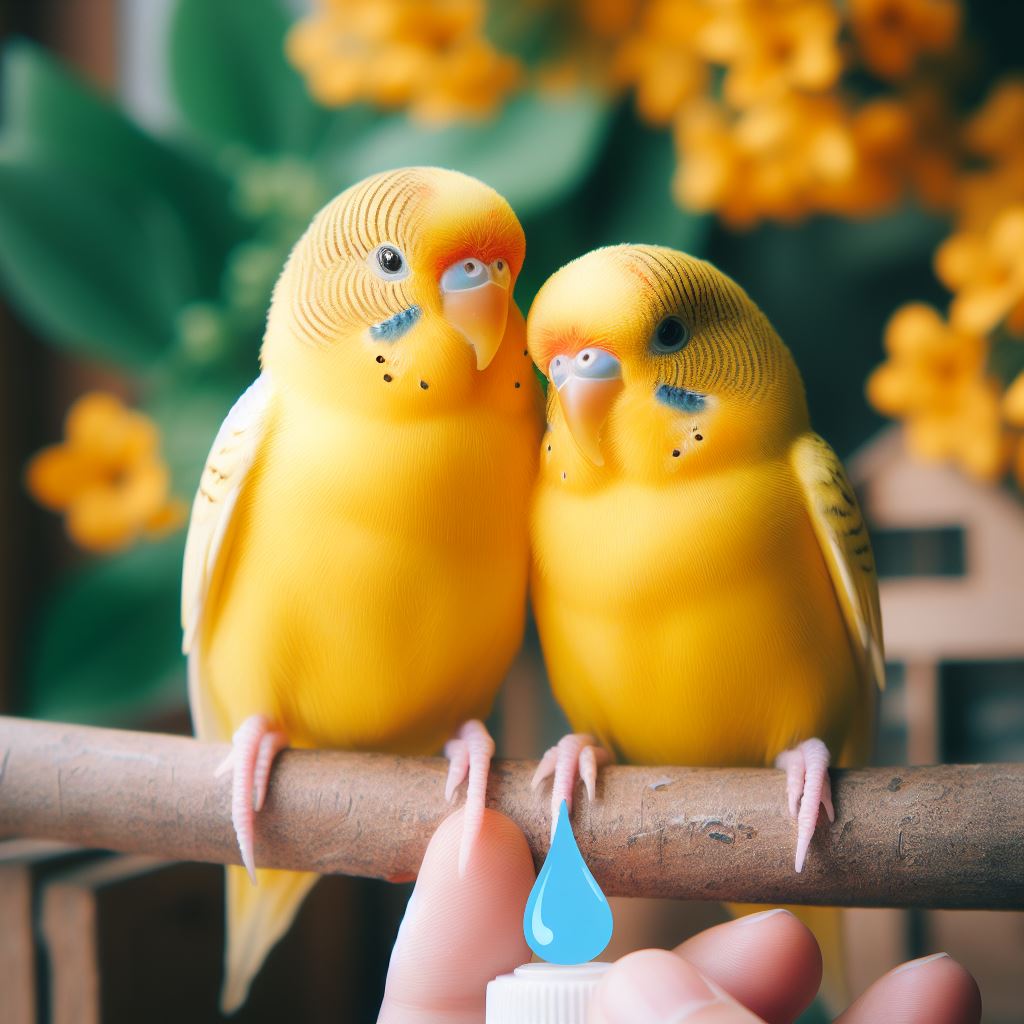
Providing proper care for yellow love birds is essential to ensuring their health and happiness. Here are some basic care tips to keep in mind:
- Housing: Set up a spacious cage with plenty of room for your bird to move around and stretch its wings. Ensure that the cage bars are spaced closely enough to prevent escape.
- Diet: Offer a balanced diet consisting of high-quality bird seed, fresh fruits, and vegetables. Avoid feeding them avocado, chocolate, caffeine, and high-fat or sugary foods, as these can be harmful to their health.
- Water: Always provide fresh, clean water for your bird to drink. Change the water daily to prevent contamination and bacterial growth.
- Grooming: Yellow love birds take pride in their appearance and will often preen themselves to keep their feathers clean and tidy. However, you may need to trim their nails and wings occasionally to prevent injury.
- Socialization: These birds thrive on social interaction and companionship. Spend time bonding with your bird each day through gentle handling, talking, and playtime.
By following these basic care tips, you can ensure that your yellow love bird leads a happy and healthy life.
Decoding the Mysteries of Yellow Love Birds
While some may believe that breeding yellow love birds is a daunting task, the truth is that with the right knowledge and preparation, it can be a rewarding experience. In this section, we’ll explore the fascinating world of breeding and reproduction in yellow love birds, providing valuable insights and tips for success.
Understanding Breeding Behavior
Yellow love birds are known for their monogamous nature, forming strong pair bonds with their mates. During the breeding season, which typically occurs in the spring and summer months, these birds exhibit various courtship behaviors, such as singing, preening, and feeding each other. Once a pair has formed a strong bond, they will often engage in nesting behaviors, such as exploring potential nest sites and gathering nesting materials.
Creating the Ideal Environment
To encourage breeding behavior in yellow love bird, it’s essential to provide them with the appropriate environmental conditions. This includes placing a nesting box inside the cage, preferably in a quiet and secluded area. The nesting box should be filled with soft bedding material, such as shredded paper or nesting fibers, to provide a comfortable and secure nesting site for the birds.
Tips for Successful Breeding
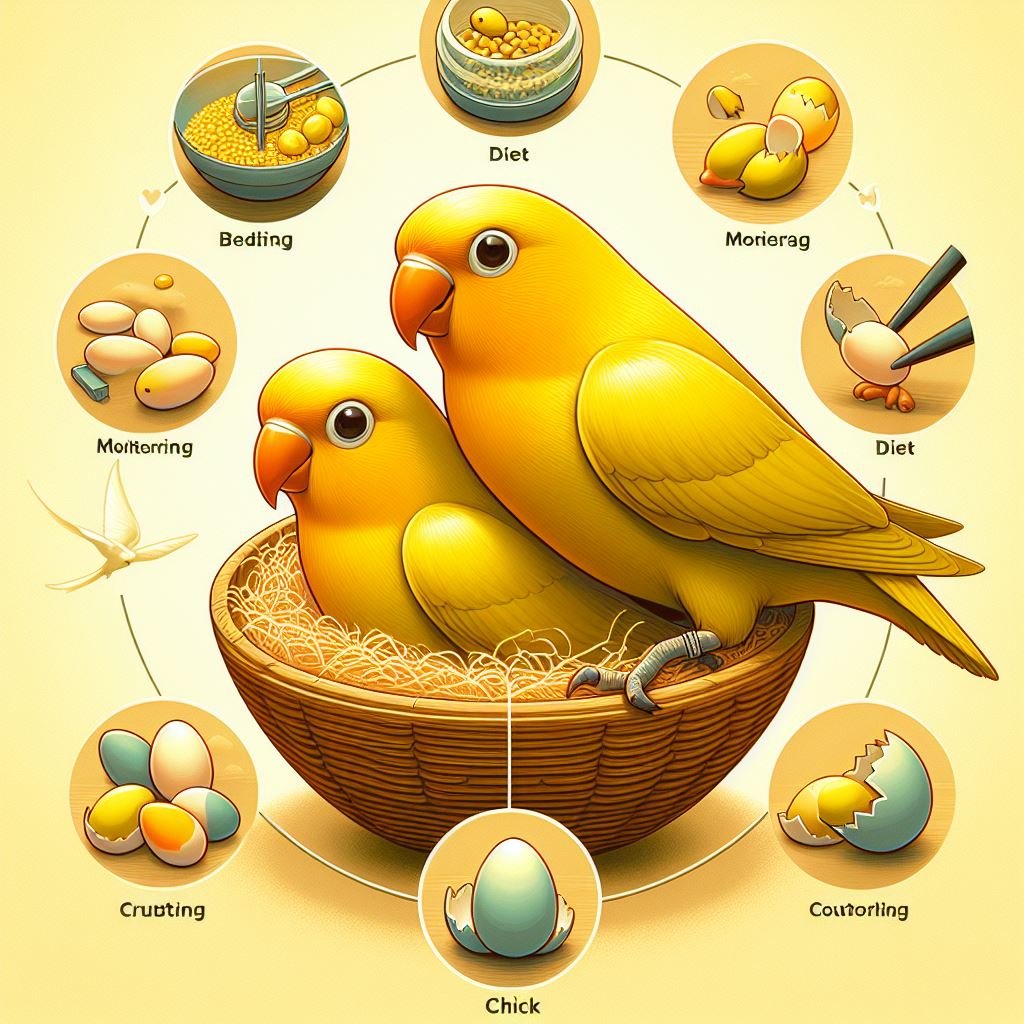
- Diet: Ensure that breeding pairs receive a nutritious and balanced diet to support their reproductive health. Supplement their diet with calcium-rich foods, such as cuttlebone or eggshells, to support egg production.
- Monitoring: Keep a close eye on breeding pairs to monitor their behavior and health. Look for signs of mating, such as the female assuming a crouched position and the male feeding her regurgitated food.
- Incubation: Once eggs are laid, the female will typically incubate them for approximately 18-21 days until they hatch. During this time, it’s essential to provide her with ample food and water to support her energy needs.
- Chick Care: After the chicks hatch, both parents will take turns feeding and caring for them. Provide them with a diet high in protein, such as small insects or commercial chick food, to support their growth and development.
By following these tips and providing the necessary care and attention, you can increase the likelihood of successful breeding and raise healthy yellow love bird chicks.
Health and Common Issues: Nurturing the Well-being of Yellow Love Birds
Just like any other pet, yellow love birds are susceptible to various health issues that can affect their well-being. In this section, we’ll discuss common health problems in yellow love birds and provide tips for prevention and treatment.
Common Health Issues
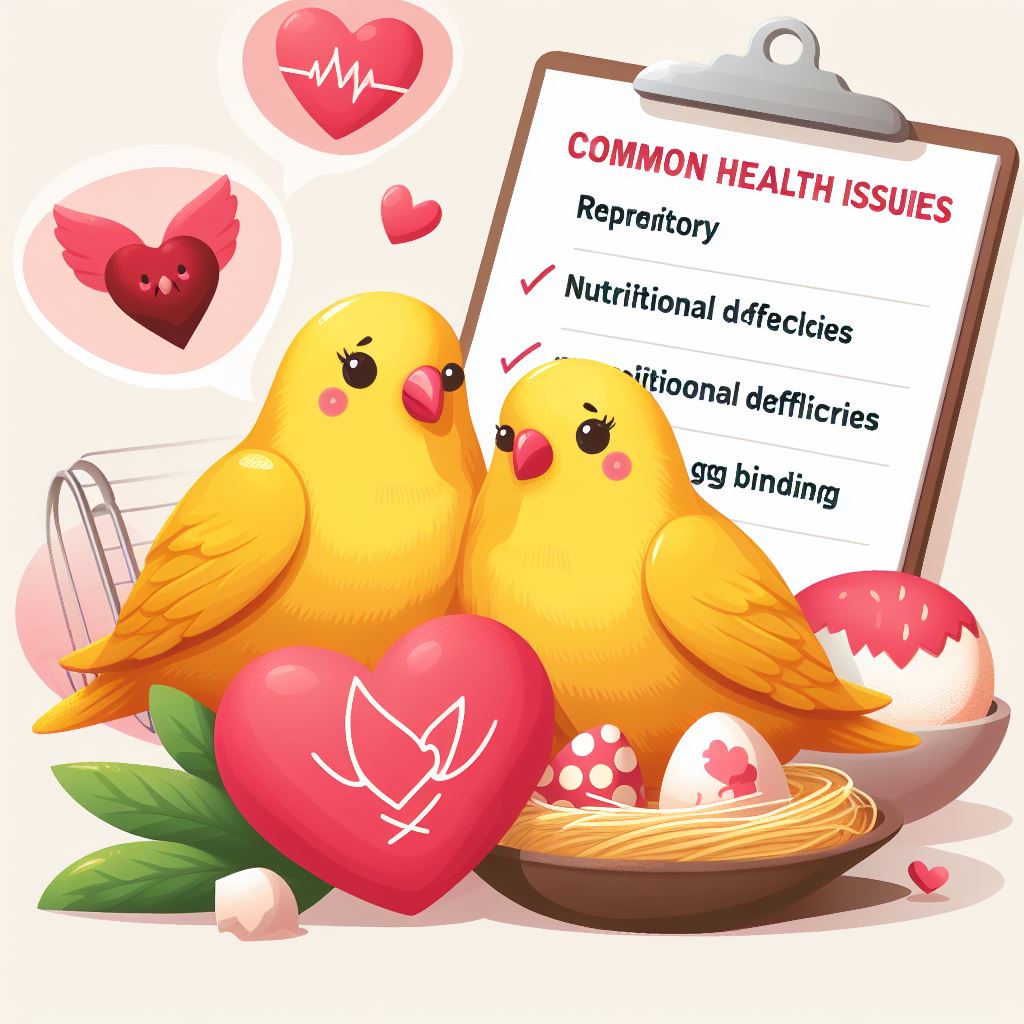
- Respiratory Infections: Yellow love birds are prone to respiratory infections, which can be caused by factors such as poor ventilation, drafts, or exposure to cold temperatures. Symptoms may include wheezing, sneezing, and nasal discharge.
- Parasites: External parasites, such as mites and lice, can infest the feathers and skin of yellow love birds, causing irritation and discomfort. Regular inspection and treatment with avian-safe products can help prevent infestations.
- Nutritional Deficiencies: Improper diet and inadequate nutrition can lead to various health problems in yellow love birds, such as vitamin deficiencies and metabolic disorders. Ensure that your bird receives a balanced diet rich in vitamins, minerals, and protein.
- Egg Binding: Female yellow love birds may experience egg binding, a condition where an egg becomes stuck in the reproductive tract. This can be a life-threatening emergency and requires immediate veterinary attention.
Preventive Measures
- Regular Veterinary Check-ups: Schedule regular check-ups with an avian veterinarian to monitor your bird’s health and detect any potential issues early on.
- Clean Environment: Maintain a clean and hygienic environment for your yellow love bird, including regular cage cleaning and disinfection.
- Healthy Diet: Provide a balanced diet consisting of high-quality bird seed, fresh fruits, and vegetables to ensure optimal nutrition and prevent deficiencies.
By being proactive about your bird’s health and well-being, you can help them live a long, happy, and healthy life. Stay tuned for more tips and insights on caring for yellow love birds in the upcoming sections of our guide!
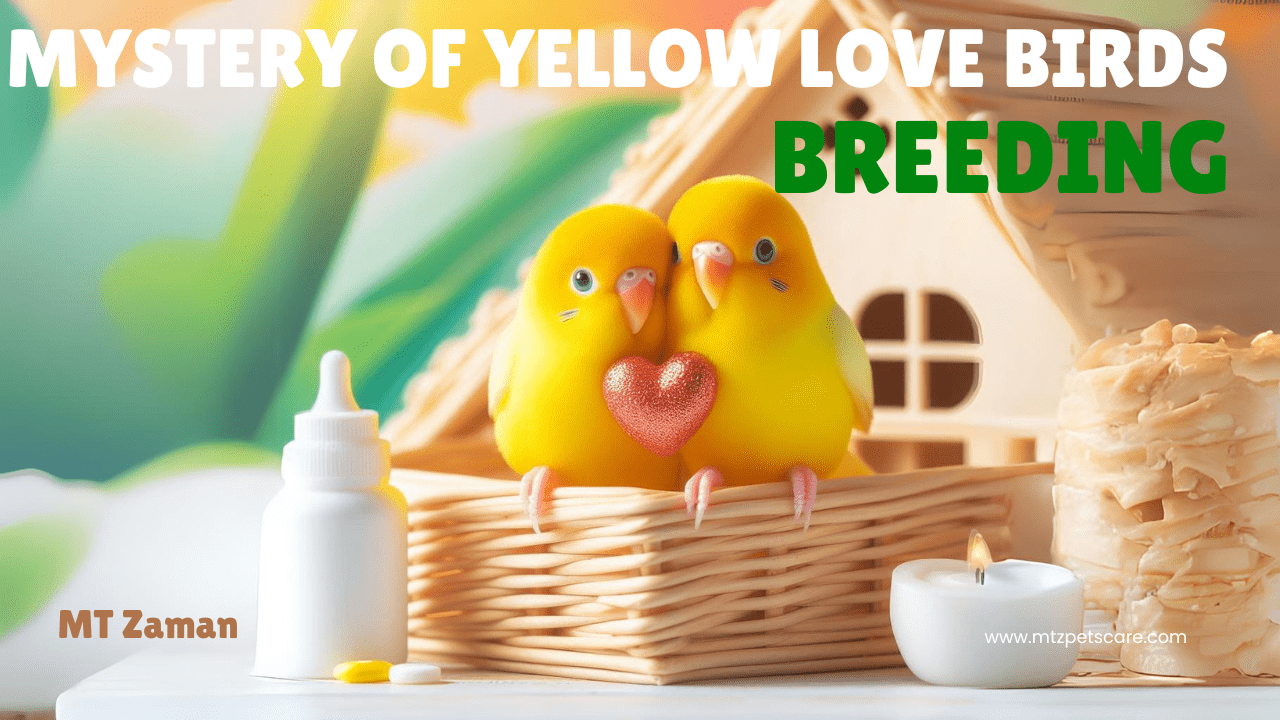
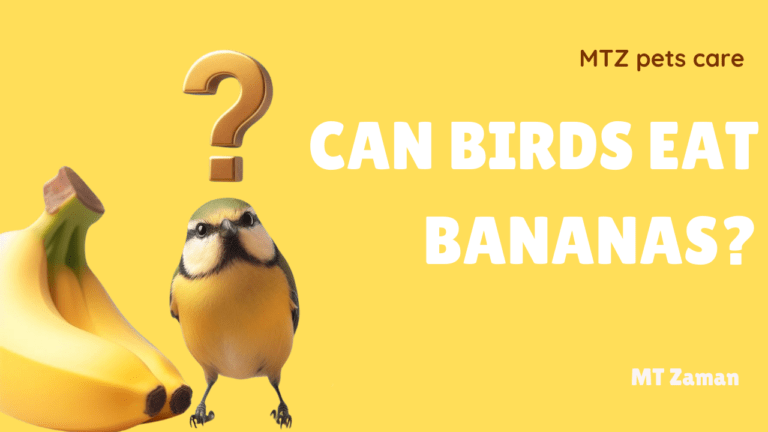

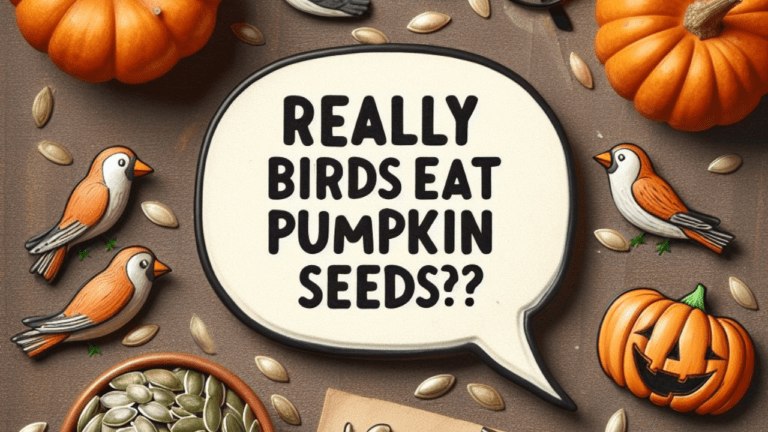
Fascinating read! The mystery of yellow love birds breeding in just 10 minutes without extensive hours spent is truly intriguing. Your post sheds light on a unique aspect of nature that many may not be aware of. It’s incredible how efficient and quick this process can be. Thank you for sharing this insightful piece
Thank you so much for your kind words! I’m thrilled that you found the read fascinating. Nature constantly surprises us with its efficiency and unique processes, doesn’t it? It’s truly remarkable how swiftly some species can complete tasks that might seem daunting to us. I’m glad you enjoyed learning about the quick breeding habits of yellow love birds. Your appreciation for the insights shared is greatly appreciated!